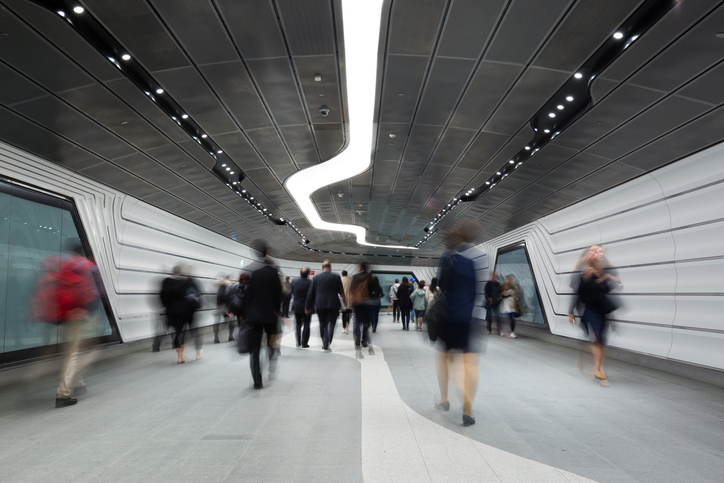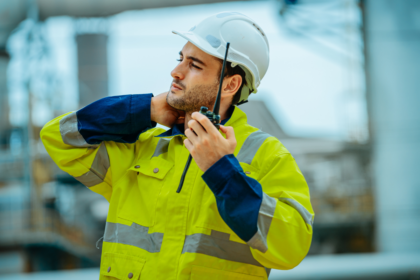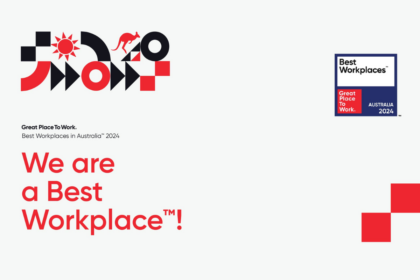Safe Work Australia’s latest report on work health and safety (WHS) shows we’ve come a long way, but also reminds us of the work still to be done. While Australia’s work-related injury rate has dropped to 3.5%, much lower than the global average, there are still serious risks, especially in certain industries.
Work-Related Fatalities and Injuries
In 2023, 200 workers tragically lost their lives due to workplace injuries. That’s slightly above the five-year average of 191 fatalities per year. While fatality rates have been on the decline over the past decade, certain causes—like vehicle accidents (42%) and falls from heights (15%)—remain stubbornly high. In fact, the number of deaths caused by falling from heights increased by 71% compared to the previous year.
The report also points out that six key industries—agriculture, public administration, transport, manufacturing, health care and construction—account for the bulk of serious injuries and fatalities. These are industries that deal with physically demanding jobs and unpredictable environments, which makes targeted safety measures all the more important.
Mental Health on the Rise
One trend that is hard to ignore is the rise in mental health-related claims. In 2022-23, mental health issues made up 11% of all serious workers’ compensation claims. What’s more, the time off work for these claims is much higher—over five times greater than for physical injuries.
At this point, you’ve likely seen a shift in safety focus to include psychosocial safety following the introduction of Safe Work Australia’s Model Code of Practice, as well as the landmark ISO 45003 global standard. As we’ve discussed in a previous article, mental health conditions are one of the costliest forms of workplace injury, both due to lost time and compensation. However, this data shows just how much work we have left to do and the importance of taking a more holistic approach to safety.
Ongoing Safety Risks
The report also highlights that incidents such as body stressing, falls, slips, trips and being struck by moving objects continue to account for a large portion of serious claims. We often associate these types of risks with processes, tools and systems; however, we’ve found that this focus alone can result in a plateau on progress.
It’s easy to forget that at the heart of every safety incident is a person, and behind each person is the human brain. When we focus on all aspects of the safety experience—the physical, the psychological, and the social—we can address the overall safety culture of an organisation and move beyond the plateau.
What Does the Future Hold?
Safe Work Australia’s 2024 report gives us a mixed picture: some real progress on safety, but still too many preventable incidents and a rise in psychosocial and mental health-related issues. It’s clear that workplaces need to stay focused on reducing these risks.
As we look to the future, building a strong safety culture is key. By creating workplaces where all safety experiences are prioritised, we can continue to see improvements in these trends.
To delve deeper into the data, you can view the report at Safe Work Australia.




